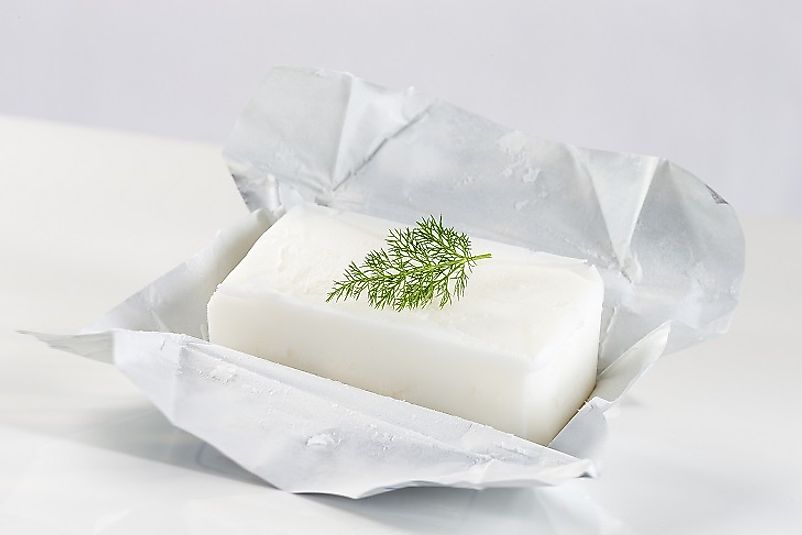Top Pork Lard And Chicken Fat Exporting Countries

Pork and chicken fat is making a comeback as a natural fat alternative. This fat, otherwise know as lard, is fat from an animal in both rendered and unrendered forms. It is used around the world as a cooking fat, an alternative to butter as an ingredient in baking. Lard can be obtained from any part of an animal with a high amount of fatty tissue. High grade lard will have little to no flavor. With contemporary interests in organic alternatives to vegetable oil, the perception of lard has changed over time to have a more favorable, authentic image. Lard sourced from pastured animals is a rich source of vitamin D, and contains healthy monounsaturated fats. While the export of nut and vegetable oil has a significant impact on the decline of animal fat export, Germany continues to garner significant levels of export income from traditional, meat-based fats.
Top Pork Lard And Chicken Fat Exporting Countries
Germany
The top exporter of pork and chicken fat is Germany, with a value of $100,066,000 in 2015. While lard is a niche product, it is more popular in Germany than any other major European market. A classic German recipe is Shmalz, rendered animal fat sprinkled with salt and flavored with onion or apple, used as a spread on toast instead of butter. Germany exports an hefty 53% of their rendered pig and poultry fat to the Netherlands. Denmark follows far behind with 9.1% of German imported fats, and the United Kingdom a close third, at 8.5%.
Spain
In 2005, Spain exported $61,017,000 worth of animal fat to countries, including neighbors Portugal, France, Italy. Curiously, Cuba imports 19% of Spanish produced pig and poultry fat.
Canada
Canadian markets exported $45,339,000 worth of pig and chicken fat. Not unlike Germany, the import of Canadian animal fat is dominated by one hefty purchaser, with an incredible total of 76% going straight to their southern sister, the United States of America. Still, a small amount of Canadian pig and poultry fat is exported overseas, 5.1% to Nigeria, 3.6% to New Zealand, and 3.2% to Hong Kong.
Poland
The massive production of animal fat in Germany does not prevent them from importing from other nearby countries. In 2015, Poland exported $36,308,00 of animal fats, and Germany imported nearly a quarter of it, followed by France, which imported 18%.
Netherlands
With the Netherlands’ hefty import of animal fats from Germany, it is a wonder they have time to produce and export their own, but in 2015, the Netherlands exported $32,998,000 in pork and poultry fat. They import 22% to German, 20% to Belgium-Luxembourg, and 15% to France. However, their large industry does not prevent them from importing 17% of the entire world’s produced animal fats!
Gloal Market for Pork and Chicken Fat
Lard has been spread on bread for generations, but brands are expanding beyond traditional horizons. Consumers are seeking out sustainable, natural options for manufactured products, and traditional processes are reassuring. Changing perceptions in consumers have brought in artisanal options from gourmet kitchens, with pork and chicken fat being presented as premium products. Traditionally, lard is used in Asian deep frying and as an all-purpose cooking oil. Rendered pork and chicken fat can also be used to produce soap. While the rising popularity of vegetable-based products may challenge the animal-based fat market, these traditional products are not going away any time soon.
Top Pork Lard And Chicken Fat Exporting Countries
| Rank | Country | Export Value of Chicken and Pork Fats in 2015 (USD) |
|---|---|---|
| 1 | Germany | $100,066,000 |
| 2 | Spain | $61,017,000 |
| 3 | Canada | $45,339,000 |
| 4 | Poland | $36,308,000 |
| 5 | Netherlands | $32,998,000 |
| 6 | Italy | $31,478,000 |
| 7 | United States | $25,490,000 |
| 8 | Chile | $19,158,000 |
| 9 | Denmark | $18,825,000 |
| 10 | Belgium | $17,440,000 |











